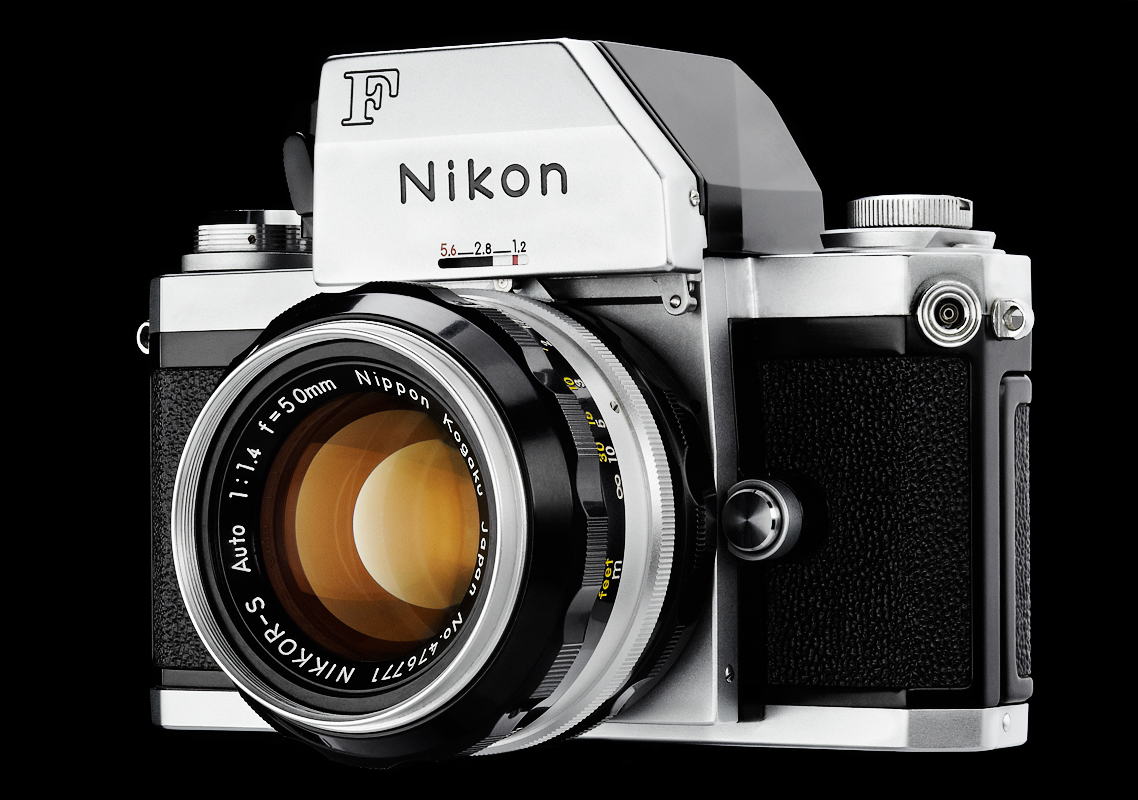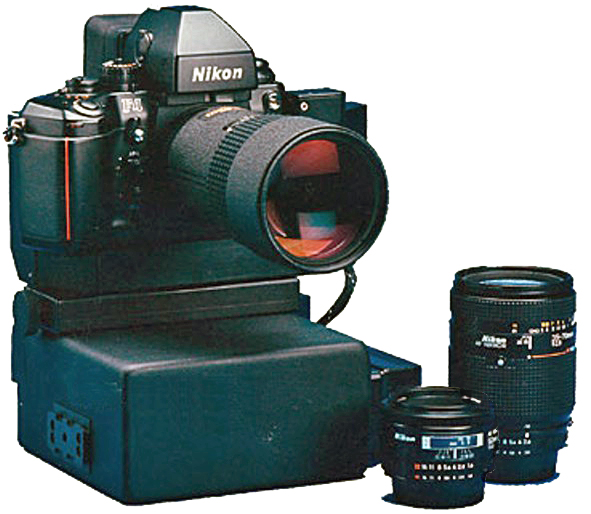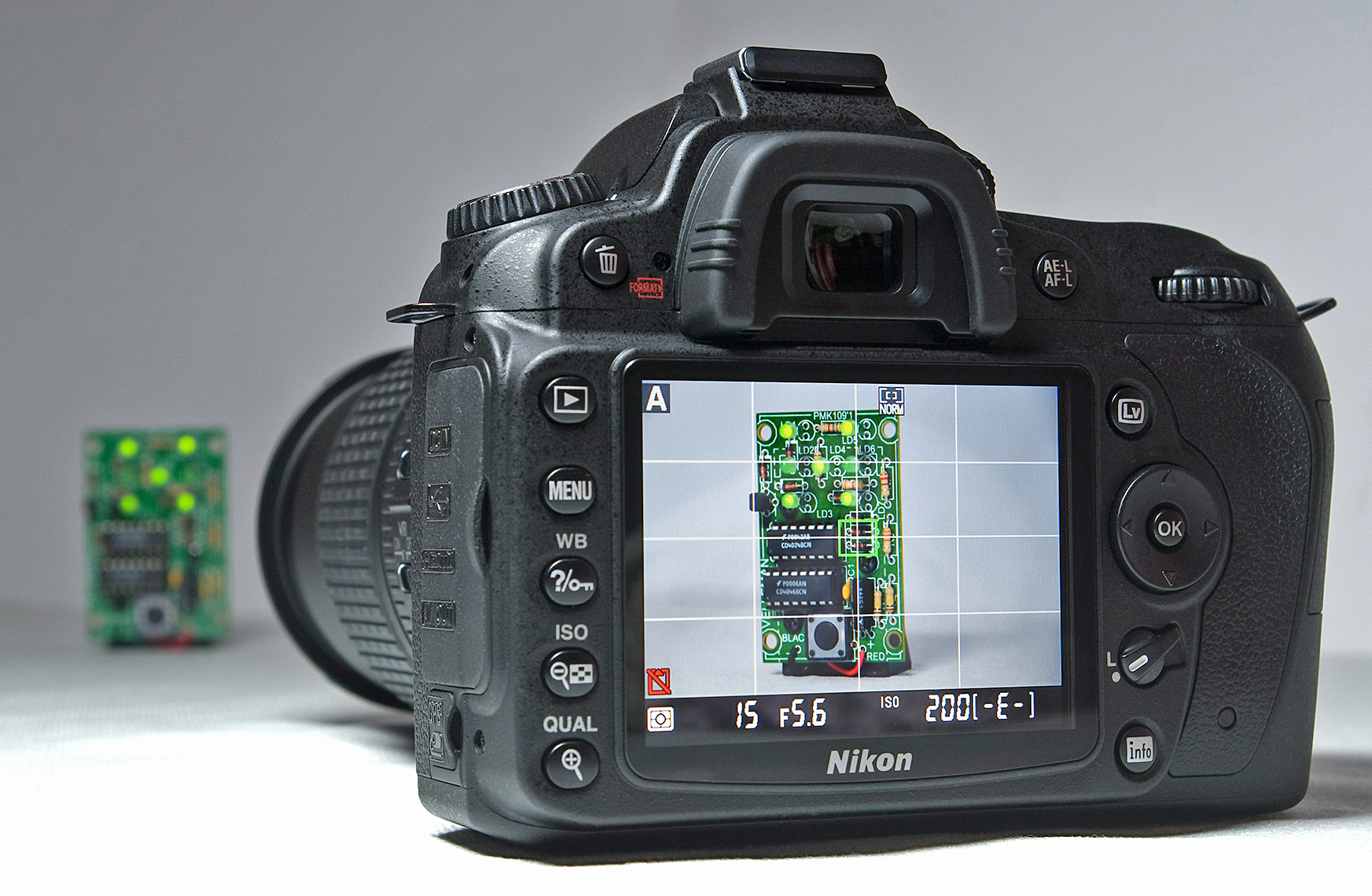|
Nikon D610
The Nikon D610 is a full-frame DSLR camera announced by Nikon (, ; ) is a Japanese optics and photographic equipment manufacturer. Nikon's products include cameras, camera lenses, binoculars, microscopes, ophthalmic lenses, measurement instruments, rifle scopes, spotting scopes, and equipment related to S ... on October 8, 2013. It improves on its predecessor, the Nikon D600, with a new shutter unit that supports a quiet mode at 3 frames per second and a normal continuous mode at a slightly improved 6 frames per second, as well as improved white balance. The previous model had problems that were traced to its shutter unit. References External links Nikon D610 Nikon USA Nikon D610 Nikon Global Nikon D610 specs dpreview Nikon D610 Features D610 D610 Live-preview digital cameras Cameras introduced in 2013 {{camera-stub ... [...More Info...] [...Related Items...] OR: [Wikipedia] [Google] [Baidu] |
Nikon
(, ; ) is a Japanese optics and photographic equipment manufacturer. Nikon's products include cameras, camera lenses, binoculars, microscopes, ophthalmic lenses, measurement instruments, rifle scopes, spotting scopes, and equipment related to Semiconductor device fabrication, semiconductor fabrication, such as Stepper, steppers used in the photolithography steps of such manufacturing. Nikon is the world's second largest manufacturer of such equipment. Since July 2024, Nikon has been headquartered in Nishi-Ōi, Shinagawa, Shinagawa, Tokyo where the plant has been located since 1918. The company is the eighth-largest chip equipment maker as reported in 2017. Also, it has diversified into new areas like 3D printers, 3D printing and regenerative medicine to compensate for the shrinking digital camera market. Among Nikon's many notable product lines are Nikkor imaging lenses (for Nikon F-mount, F-mount cameras, large format photography, photographic enlargers, and other applicatio ... [...More Info...] [...Related Items...] OR: [Wikipedia] [Google] [Baidu] |
Digital Single-lens Reflex Camera
A digital single-lens reflex camera (digital SLR or DSLR) is a digital camera that combines the optics and mechanisms of a single-lens reflex camera with a solid-state image sensor and digitally records the images from the sensor. The reflex design scheme is the primary difference between a DSLR and other digital cameras. In the reflex design, light travels through the lens and then to a mirror that alternates to send the image to either a prism, which shows the image in the optical viewfinder, or the image sensor when the shutter release button is pressed. The viewfinder of a DSLR presents an image that will not differ substantially from what is captured by the Image sensor, camera's sensor, as it presents it as a direct optical view through the main camera lens rather than showing an image through a separate secondary lens. DSLRs largely replaced film-based SLRs during the 2000s. Major camera manufacturers began to transition their product lines away from DSLR cameras to mirror ... [...More Info...] [...Related Items...] OR: [Wikipedia] [Google] [Baidu] |
Pixel
In digital imaging, a pixel (abbreviated px), pel, or picture element is the smallest addressable element in a Raster graphics, raster image, or the smallest addressable element in a dot matrix display device. In most digital display devices, pixels are the smallest element that can be manipulated through software. Each pixel is a Sampling (signal processing), sample of an original image; more samples typically provide more accurate representations of the original. The Intensity (physics), intensity of each pixel is variable. In color imaging systems, a color is typically represented by three or four component intensities such as RGB color model, red, green, and blue, or CMYK color model, cyan, magenta, yellow, and black. In some contexts (such as descriptions of camera sensors), ''pixel'' refers to a single scalar element of a multi-component representation (called a ''photosite'' in the camera sensor context, although ''wikt:sensel, sensel'' is sometimes used), while in yet ... [...More Info...] [...Related Items...] OR: [Wikipedia] [Google] [Baidu] |
Nikon F-mount
The Nikon F-mount is a type of interchangeable lens mount developed by Nikon for its 35mm format single-lens reflex cameras. The F-mount was first introduced on the Nikon F camera in 1959, and features a three-lug bayonet mount with a 44mm throat and a Flange focal distance, flange to focal plane distance of 46.5mm. The company continues, with the 2020 D6 model, to use variations of the same lens mount specification for its film and digital single-lens reflex camera, digital SLR cameras. The Nikon F-mount successor is the Nikon Z-mount. History The Nikon F-mount is one of only two SLR lens mounts (the other being the Pentax K-mount) which were not abandoned by their associated manufacturer upon the introduction of autofocus, but rather extended to meet new requirements related to light meter, metering, autofocus, and aperture control. The large variety of F-mount compatible lenses makes it the largest system of interchangeable flange-mount photographic lenses in history. Over ... [...More Info...] [...Related Items...] OR: [Wikipedia] [Google] [Baidu] |
Nikon D600
The Nikon D600 is a 24.3-effective-megapixel FX-format full-frame digital SLR camera from Nikon released on September 13, 2012 targeted at professionals and enthusiasts. It began shipping on September 18, 2012; at introduction, its suggested retail price in the U.S. was $2099 (UK £1,955) for the body only and $2699 (UK £2,450) with a 24–85 mm kit lens. The Nikon D600 was given a Gold Award by '' Digital Photography Review''. According to Nikon the D600 uses the same Expeed 3 as used for the D4 and D800 series, with the same 12-channel sensor interface, featuring a very wide dynamic range which provides the possibility of lightening shadows or darkening overlit areas (high dynamic range imaging, HDR) with one shot when shooting in raw image format. Features * 24.3 million effective pixel (24.7 megapixel raw) full-frame (35.9 mm × 24 mm) sensor * Nikon EXPEED 3 image processor. * ISO 100 to 6400 in steps of 1/3 or 1/2 EV; can also be set to approx. 0.3, 0 ... [...More Info...] [...Related Items...] OR: [Wikipedia] [Google] [Baidu] |
DSLR
A digital single-lens reflex camera (digital SLR or DSLR) is a digital camera that combines the optics and mechanisms of a single-lens reflex camera with a solid-state image sensor and digitally records the images from the sensor. The reflex design scheme is the primary difference between a DSLR and other digital cameras. In the reflex design, light travels through the lens and then to a mirror that alternates to send the image to either a prism, which shows the image in the optical viewfinder, or the image sensor when the shutter release button is pressed. The viewfinder of a DSLR presents an image that will not differ substantially from what is captured by the camera's sensor, as it presents it as a direct optical view through the main camera lens rather than showing an image through a separate secondary lens. DSLRs largely replaced film-based SLRs during the 2000s. Major camera manufacturers began to transition their product lines away from DSLR cameras to mirrorless interc ... [...More Info...] [...Related Items...] OR: [Wikipedia] [Google] [Baidu] |
White Balance
In photography and image processing, color balance is the global adjustment of the intensities of the colors (typically red, green, and blue primary colors). An important goal of this adjustment is to render specific colors – particularly neutral colors like white or grey – correctly. Hence, the general method is sometimes called gray balance, neutral balance, or white balance. Color balance changes the overall mixture of colors in an image and is used for color correction. Generalized versions of color balance are used to correct colors other than neutrals or to deliberately change them for effect. White balance is one of the most common kinds of balancing, and is when colors are adjusted to make a white object (such as a piece of paper or a wall) appear white and not a shade of any other colour. Image data acquired by sensors – either film or electronic image sensors – must be transformed from the acquired values to new values that are appropriate for color reproduct ... [...More Info...] [...Related Items...] OR: [Wikipedia] [Google] [Baidu] |
Nikon DSLR Cameras
(, ; ) is a Japanese optics and photographic equipment manufacturer. Nikon's products include cameras, camera lenses, binoculars, microscopes, ophthalmic lenses, measurement instruments, rifle scopes, spotting scopes, and equipment related to Semiconductor device fabrication, semiconductor fabrication, such as Stepper, steppers used in the photolithography steps of such manufacturing. Nikon is the world's second largest manufacturer of such equipment. Since July 2024, Nikon has been headquartered in Nishi-Ōi, Shinagawa, Shinagawa, Tokyo where the plant has been located since 1918. The company is the eighth-largest chip equipment maker as reported in 2017. Also, it has diversified into new areas like 3D printers, 3D printing and regenerative medicine to compensate for the shrinking digital camera market. Among Nikon's many notable product lines are Nikkor imaging lenses (for Nikon F-mount, F-mount cameras, large format photography, photographic enlargers, and other applicatio ... [...More Info...] [...Related Items...] OR: [Wikipedia] [Google] [Baidu] |
Live-preview Digital Cameras
Live preview is a feature that allows a digital camera's display screen to be used as a viewfinder. This provides a means of previewing framing and other exposure before taking the photograph. In most such cameras, the preview is generated by means of continuously and directly projecting the image formed by the lens onto the main image sensor. This in turn feeds the electronic screen with the live preview image. The electronic screen can be either a liquid crystal display (LCD) or an electronic viewfinder (EVF). Background The concept for cameras with live preview largely derives from electronic (video) TV cameras. Until 1995 most digital cameras did not have live preview, and it was more than ten years after this that the higher end digital single-lens reflex cameras (DSLR) adopted this feature, as it is fundamentally incompatible with the swinging-mirror single-lens reflex mechanism. The first digital still camera with an LCD for autogain framing live preview was the ... [...More Info...] [...Related Items...] OR: [Wikipedia] [Google] [Baidu] |





